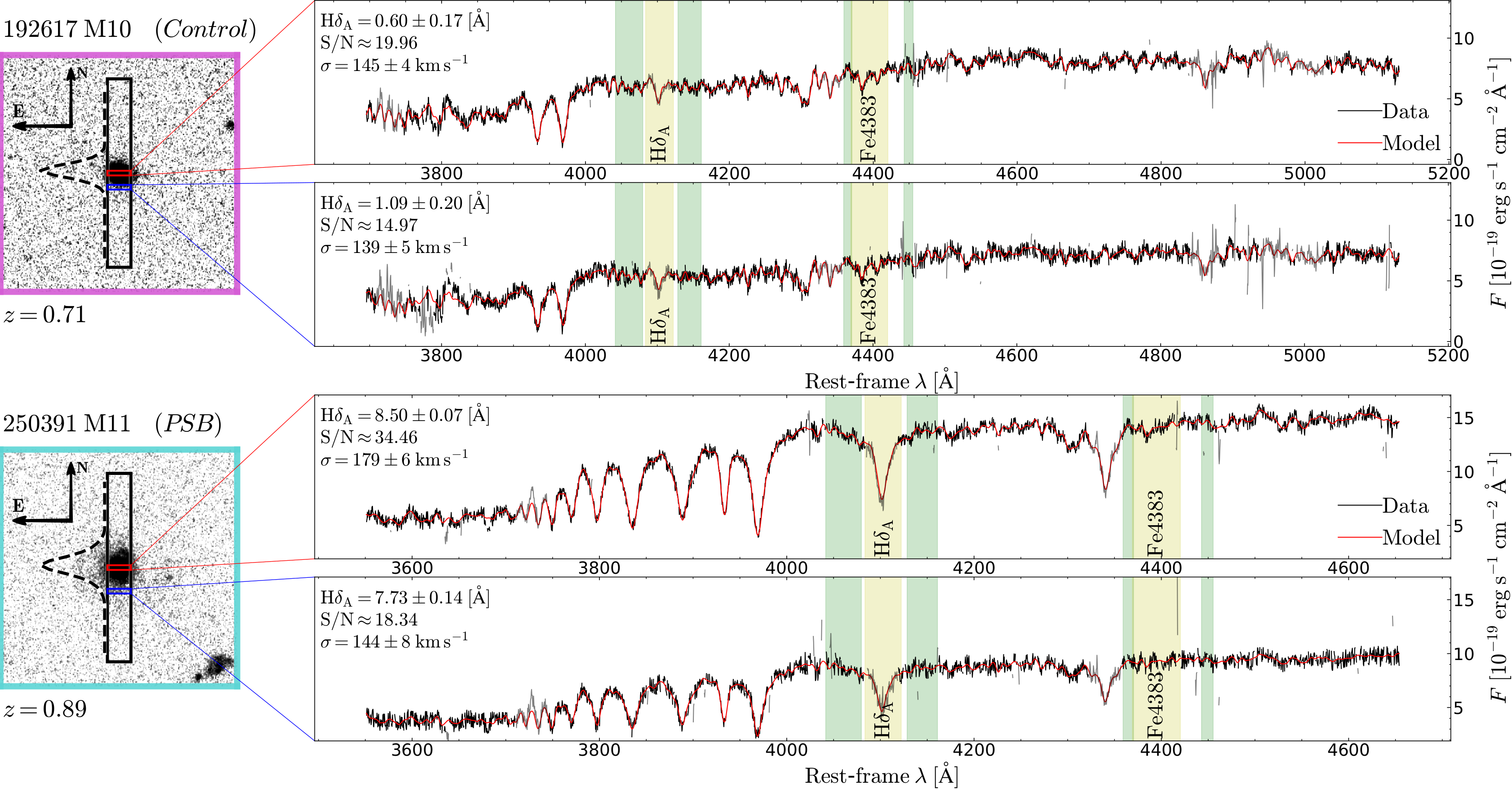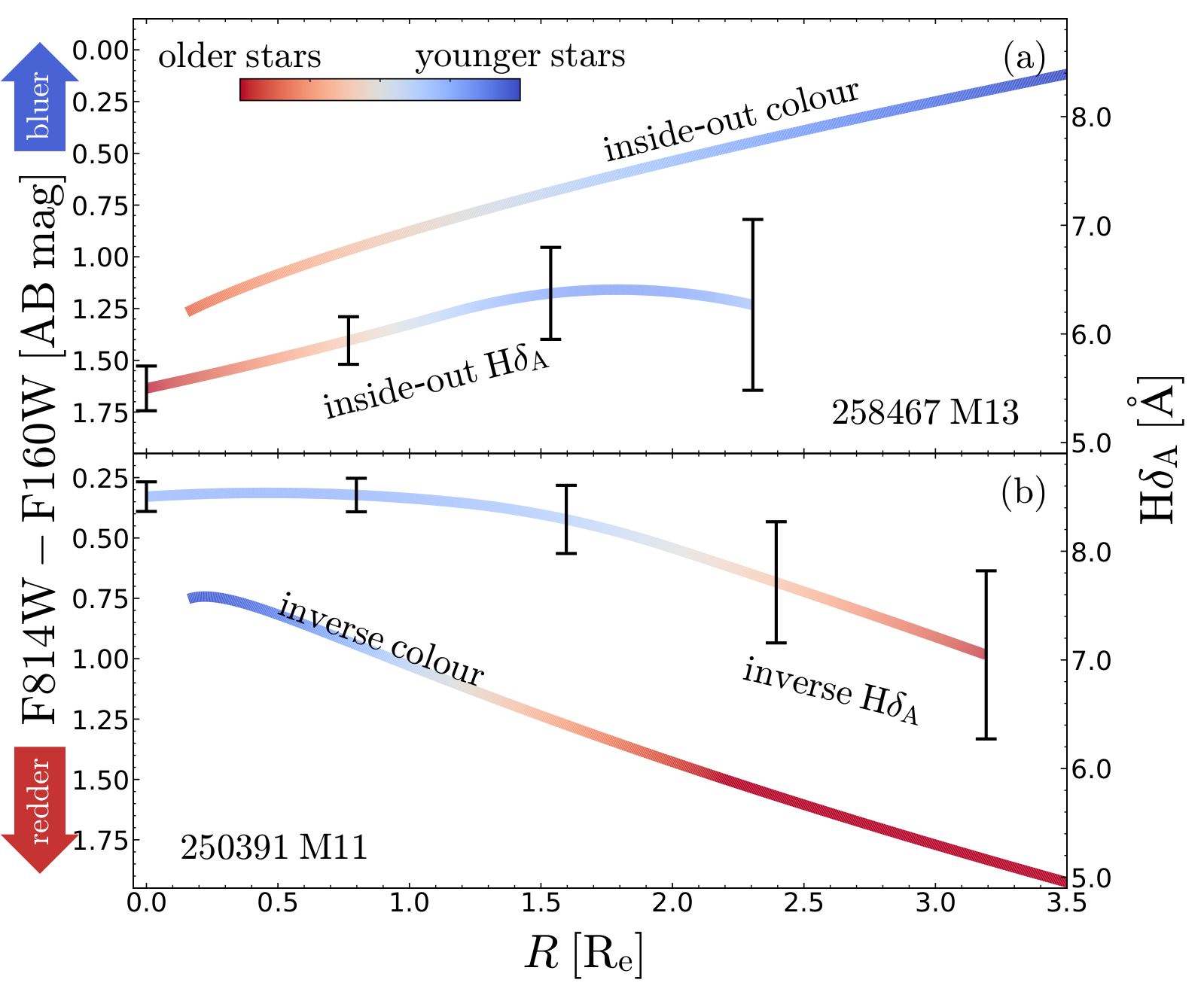
Resolved stellar populations 7 Gyr ago.
The chemical evolution of galaxies is driven by supernova explosions and influx of pristine gas, which respectively increase and decrease the abundance of elements heavier than Helium (the so called metallicity). The process is regulated in part by the current gas fraction, in part by stellar mass, and is engraved in the mass-metallicity relation (e.g. Tremonti et al. 2004; Gallazzi et al. 2005). This classic result may be leaving out a key ingredient: the local gravitational potential.
The gravitational potential Φ is one of the most fundamental attributes of a galaxy. In particular, potential is directly linked to the escape velocity, which in turn discriminates between matter that is bound to the galaxy and matter that will be ejected. Given that chemical enrichment happens through explosive supernovae, it is natural to expect that the local gravitational potential may be directly responsible for the fraction of supernova ejecta that are retained, hence for the relative chemical enrichment.
Indeed I have shown that there is a relation between the integrated gas-phase metallicity and the average gravitational potential (D'Eugenio et al. 2018). This relation is intrinsically tighter than both the mass-metallicity and the surface density-metallicity relations. In Barone et al. (2018) we have indeed shown that similar considerations apply for stellar metallicity. Strong evidence for a local relation between metallicity and gravitational potential has been presented in Scott et al. (2009, 2013).
The next steps involve using spatially-resolved spectroscopy of star-forming galaxies to test whether the integrated relation of D'Eugenio et al. (2018) arises from a local relation.

At the same time, we can now explore the spatially resolved age and chemical composition of a representative sample of galaxies at a lookback time of ~7 billion years, using the extremely deep spectroscopy of the LEGA-C Survey (see figure). LEGA-C presents a number of key distinctive advantages over previous generation surveys: apart from sample size and data quality, age differences are comparatively easier to measure at redshift z~1 than in the local Universe.

For example, we can study the relation between star formation and galaxy structure by studying where starburst occurr. We have shown that galaxies that recently underwent rapid cessation of star formation (so-called post-starburst galaxies, PSB) have a range of internal structures, but on average had the last burst of star formation in the central region (top panel) rather than in the outer regions (bottom panel). Where star formation occurred last tells us something about how star-forming galaxies become quiescent (D'Eugenio et al. 2020).